The Supreme Court gave Prime Minister Manmohan Singh a clean chit for sitting on Subramanian Swamy’s letter seeking sanction for the prosecution of Andimuthu Raja in the 2G scam for over 16 months. “Uneasy lies the head that wears a crown,” the court observed, quoting Shakespeare’s Henry IV, while holding Manmohan Singh’s officials responsible for this inordinate delay and lapse. The court has held that sanctions should happen within three months in future.
Let’s first see what the court said.
The two-judge bench said: “The concerned officers in the PMO kept the matter (i.e. Swamy’s request) pending and then took the shelter of the fact that the CBI had registered the case and the investigation was pending. In our view, the officers in the PMO and the ministry of law and justice were duty-bound to apprise respondent No 1 (the PM) about (the) seriousness of allegations made by the appellant (Swamy)….”.
The court is thus implying that Manmohan Singh was not aware of the “seriousness of allegations” against Raja when there is evidence to show that the PM himself was trying – ineffectually – to rein Raja in and get him to auction spectrum. Was the court right in assuming that the PM was an innocent held to ransom by wayward officials?
The order said: “By the very nature of the office held by him, respondent No 1 (PM) is not expected to personally look into the minute details of each and every case placed before him and has to depend on his advisers and other officers. Unfortunately, those who were expected to give proper advice to respondent No 1 (the PM) and place full facts and legal position before him failed to do so. We have no doubt that if respondent No 1 (the PM) had been apprised of the true, factual and legal position regarding the representation made by the appellant (Swamy), he would have surely taken appropriate decision and would not have allowed the matter to linger for a period of more than one year.”
Once again, the court is assuming that the PM did not know what Raja was up to. In fact, well before Swamy sent his letter to the PM in November 2008, the PM was trying to get Raja (and his predecessor Dayanidhi Maran) to look at better ways of allotting spectrum.
Quite apart from the fact that the PM had once stated publicly that he was bound by coalition dharma (which implied he had to go along with Raja on the spectrum issue), the fact is he and his office had been off and on trying to control Raja, but could not do so since the latter was bent on doing the spectrum allocation in his own dubious way.
It is also worth recalling that the PMO that handled Swamy’s letter was the same that handled the 2G issue: TKA Nair and Pulok Chatterji, the former being the PM’s previous Private Secretary and the latter the current one.
From all indications, it is reasonable to assume that all three – the PM, and his two key officials – were usually in the loop on the 2G spectrum affair. So it is a bit difficult to believe that the PM was never told about Swamy’s letter or what had to be done about it.
The point is the PM was unhappy about the way Raja was planning to allocate spectrum in 2007 and 2008. He wrote more than once to Raja to express his “concern” and, in the end, when Raja was refusing to adhere to the PM’s advice, Pulok Chatterji was asked to draft a note on the current spectrum distribution crisis.
Chatterji submitted his ’note’ to the then Principal Secretary TKA Nair on 31 December 2007, just 10 days before Raja allotted 122 letters of interest (LoI) to telecom bidders on 10 January 2008.
Chatterji wrote: “As directed by Principal Secretary (TKA Nair), I have prepared a comprehensive chart that gives various recommendations on each issue. The last column gives certain suggestions. Principal Secretary may like to see,’’ wrote Chatterji in his own handwriting, while forwarding his note to the PM through Nair.
The draft note was reworked and submitted again on 6 January 2008. Nair signed it and forwarded it to the PM. It was a Policy Note on the usage and pricing of spectrum prepared by Pulok Chatterji on the instructions of Manmohan Singh. But four days later, Raja went ahead with his announcement about issuing 122 new licences.
What was Manmohan Singh’s first reaction to it? He accepted it as a fait accompli and changed his tune. On 11 January 2008, Nair, on behalf of the PM, wrote: “PM says the DoT (Department of Telecom) has issued licences today. That may be taken into account and the issues accordingly modified and submitted to him please.’’
Raja’s unilateral decision made Chatterji’s note on spectrum irrelevant. Giving in to Raja’s designs, Manmohan Singh was effectively implying that since Raja had already changed the game, one had to live with it.
Pulok Chatterji then added two more points, as enunciated by DoT, in his note and then again submitted his draft on 15 January 2008. “The outlines of the above suggestions may be forwarded to him for consideration on the basis of individual consultations with the main players and Trai,’’ Pulok wrote.
Only Manmohan Singh had to approve Pulok’s note and then formally distribute it as the PMO’s ‘agenda’ note for further discussions and suggestions among telecom players before Trai could come out with a new policy.
The PM, however, shied away again and suddenly wanted to distance himself from Raja. He had gone abroad when Pulok had submitted his note to Nair. On his arrival on 23 January 2008, Nair, on behalf of the PM, wrote on Pulok’s note: “PM wants this informally shared with the Deptts (departments). Does not want a formal communication and wants PMO to be at arm’s length.”
When a PM wants to be kept “at arm’s length” from his minister’s doings, it can mean only one thing: he sensed something was wrong, and didn’t want to be associated with it.
Raja’s first-come-first-served (FCFS) policy on licence allocation (where he arbitrarily changed the cutoff dates for determining FCFS to favour Swan and Unitech) effectively diluted Chatterji’s note and after this Manmohan Singh seems to have distanced himself from all telecom policies.
Between November 2007 and 10 January 2008, activities in the PMO suggest that Singh was quite worried on the ‘spectrum pricing’ front. Several letters were shot off to the ministry of finance and DoT. Manmohan Singh himself wrote to Raja. And on 6 January, 2008, just four days before Raja announced the licences, Chatterji had drafted the outlines of a new spectrum policy.
Chatterji had drawn a comparative chart of telecom services in the world and argued that the spectrum available to private industry in India was one of the lowest in the world and yet India already had the largest number of mobile operators. He wanted more spectrum for private players. And on spectrum pricing, he said: “Ideally, in a situation where spectrum is scarce, it should be auctioned. However, uncontrolled auction can lead to inflated bids, unacceptably high prices for the customer, and threaten the financial sustainability of the industry.’’ In the end, Pulok did not suggest auction of spectrum.
And Manmohan Singh wanted the PMO to be at kept “arm’s length” after Raja’s acted unilaterally.
As Firstpost has reported earlier, Raja did what the PM did not want him to do. When the licences were given out in defiance of the PM’s advice, the PM and then Finance Minister P Chidambaram could still have stopped him if they wanted to – since spectrum was allotted only around end-February 2008, a month and a half after the licences. But they didn’t act. In fact, Chidambaram wrote in a note on 15 January that the matter may be treated as “closed.”
What all this goes to prove is that the officials in the PMO were not acting in isolation from the PM on the Raja affair. All three – the PM, and his two officials, Nair and Chatterji – probably knew what Raja was up to to, and chose not to act.
So when Swamy sought a sanction for the prosecution of Raja, they knew why this was being sought. The fact that they collectively sat on Swamy’s application tells its own story.


)




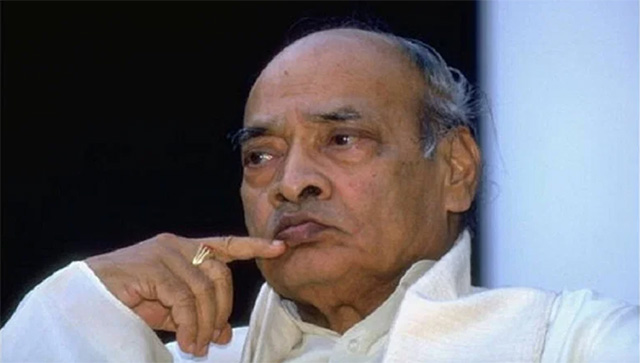)
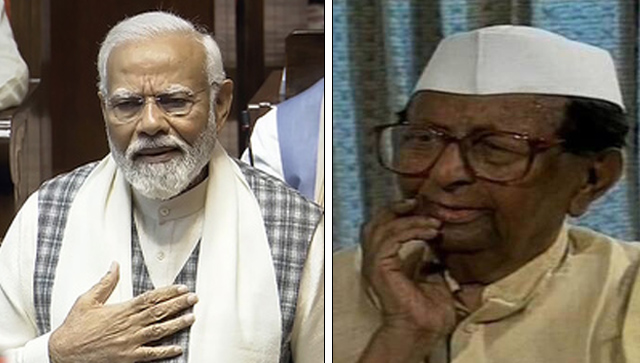)
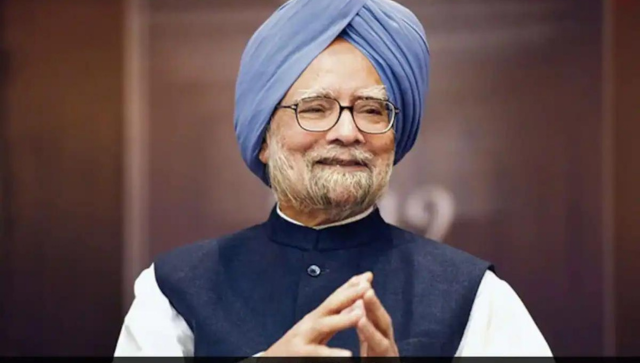)
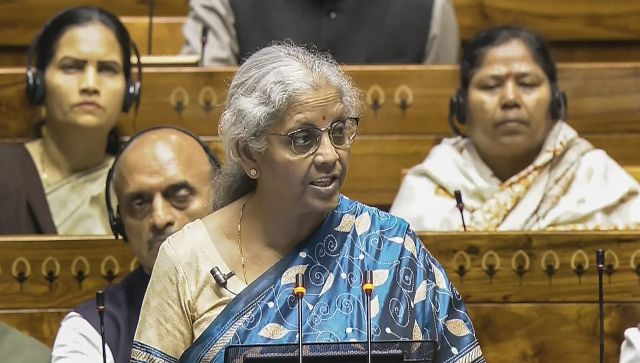)
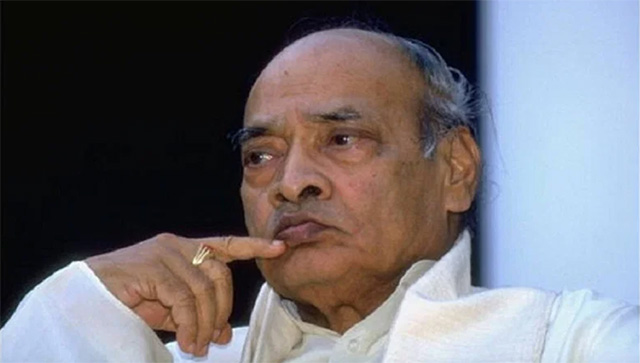)
)
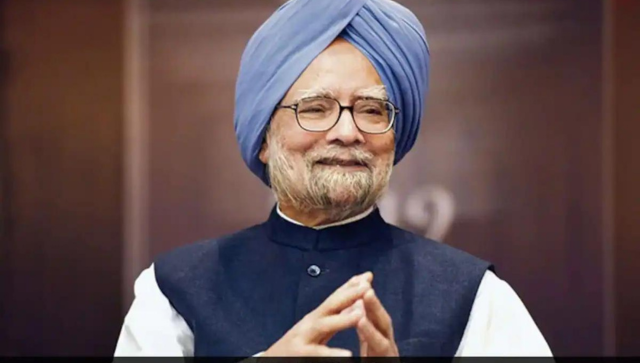)
)